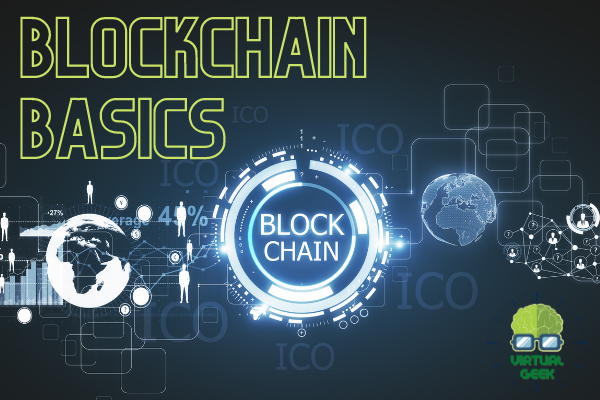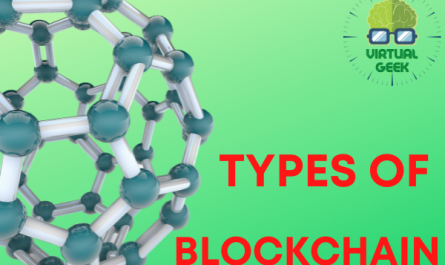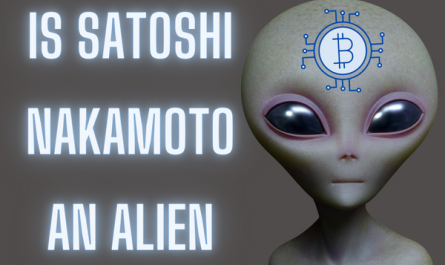Table of Contents
Although below I recommend a complete and free course, this short article can help you get started in learning the secrets of the Blockchain.
There are three crucial names in the birth of the Blockchain. The first two are Stuart Haber and W Scott Stornetta, who in 1991 laid the foundations on which the first functional Blockchain would be created shortly latterly. These bases were presented in a study called” How to time- stamp a digital document” where they sought mechanisms to ameliorate the security of digital documents by creating time prints that would help the documents from being manipulated or modified.
The system they eventually created was the blockchain, which would contain digital documents defended with a cryptographic key that would make it nearly insolvable to manipulate them. A time latterly, in 1992, they incorporated into the design a abecedarian part for the after appearance of the Blockchain as we know it moment, the Merkle trees.
Merkle created a data structuring by strata where each being knot was related to a unique root associated with it called Merkle root, where each knot must have a unique identifier which is called hash. Once each knot has its own hash, they’re concatenated in dyads and the result of this sum is assigned a new identifier. This process is repeated until there are no further dyads to associate, performing in the main hash or Merkle root.
Satoshi Nakamoto’s publication appeared on October 31, 2008 and detailed the operation of a peer- to- peer network to produce” a system for electronic deals without counting on trust”. To carry out this type of deals, it proposed the creation of a digital currency called Bitcoin. The base on which Nakamoto reckoned to record Bitcoin network deals was Blockchain technology.

The main advantages that Bitcoin brings with respect to fiat money are:
SECURITY
- There’s no need to give particular information to make payments with bitcoin, you only need a private key.
- The address of your portmanteau doesn’t bear particular information, so your particular data will always be defended.
- You can not be charged commissions or retired costs since every sale is reflected in the blockchain.
- Deals are unrecoverable, so it protects merchandisers from possible swindles.
- Uncounterfeitable It isn’t possible to produce bitcoins and add them to the network immorally, since the constitution of the blockchain doesn’t allow it.
- Takes up little space A large quantum of value can be accumulated in a simple train that can be transferred in your own cell phone.
- All transfers are anonymous and private so no person can be linked by the portmanteau address number.
RISKS
- The price of bitcoin is extensively unstable being suitable to gain or lose in a single day probabilities of over to 40.
- This insecurity makes it an infelicitous currency for payments.
- It’s veritably sensitive to changes in its price due to rumors, events or news related to it.
- There’s still no clear legislation on cryptocurrencies so the price is veritably manipulable by large investment groups.
- The allocation limit prevents the loss of value of the currency, but, on the negative, it may incentivize people not to spend them and just accumulate.
The definitive separation of the conception of Blockchain and Bitcoin is what’s called Blockchain2.0 and is promoted as the democratization of the Internet. It’ll cease to be a thing of a many” geeks” to take a realistic approach to working a myriad of business and government problems that live in our world moment.
One similar company is the tech mammoth IBM which has formerly created its own Blockchain ecosystem getting one of the biggest forerunners of this technology. For illustration, IBM Food Trust, is a complete ecosystem of directors, suppliers, manufacturers and retailers that allows tracking fresh seafood all the way to its deliveries to the eatery, offering all the details of force, products and geolocation data of transnational food significances, all with a secure and dependable enterprise- position Blockchain platform.
Blockchain- as-a-Service( BaaS) is the creation and operation of pall- grounded networks for companies in the business of creating Blockchain operations. These third- party services are a fairly new development in the growing field of Blockchain technology.
Baas is grounded on the software- as-a-service( SaaS) model and works by important the same way, allowing guests to influence all pall- grounded results to be suitable to perform their own blockchain- related operations or make and host their own Blockchain- grounded operations, while the pall- grounded service provider keeps the structure nimble and functional.
Ethereum is the second largest network in the cryptocurrency and Blockchain world, second only to Bitcoin. Ethereum was created with the intention of perfecting some of Bitcoin’s limitations, and, in this way, taking Blockchain technology and decentralization to another position. Like Bitcoin, Ethereum supports a peer- to- peer knot network, meaning it’s basically a decentralized server managed by a large number of computers without a central director or mediator.
Smart contracts will help us exchange products, goods, services or anything differently that has value in a transparent and conflict-free manner, avoiding having to introduce a mediator into the sale as we’ve had to do until now.
IF YOU ARE INTERESTED IN LEARNING MORE, VISIT THE COMPLETE FREE BLOCKCHAIN COURSE BY CLICKING HERE





